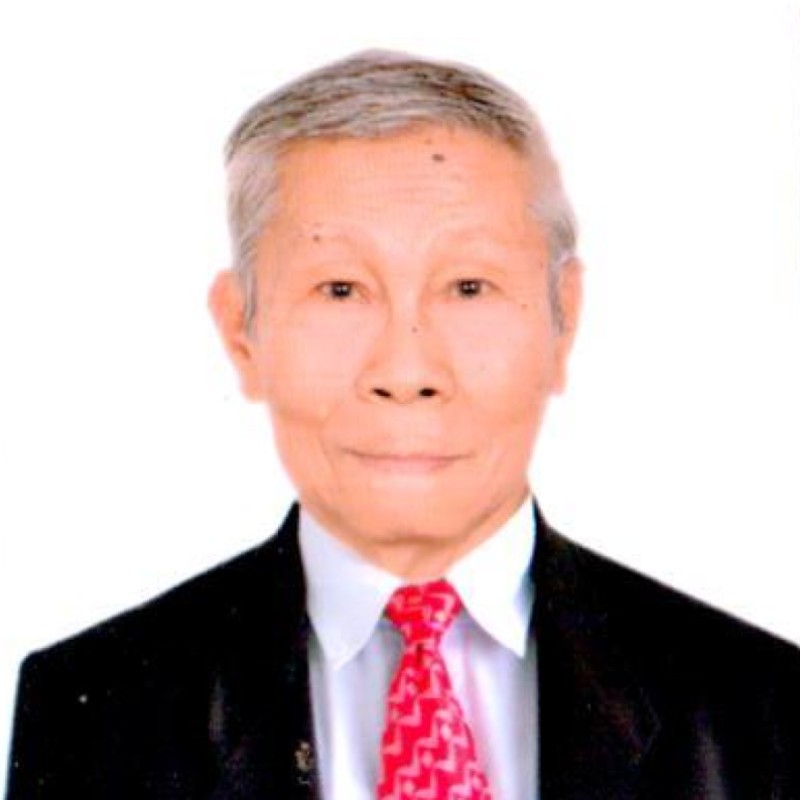GLIMPSES & GAZES
By Severino C. Samonte
Reminiscing on the 1976-1978 Batasang Bayan membership
Share
Did you know that in the second half of the 1970s, or during the martial law years, then First Lady Imelda R. Marcos, her eldest daughter and current Senator Imee R. Marcos, and former Justice Secretary and Senator Leila B. De Lima worked together at the Session Hall of the 1976-1978 Batasang Bayan, forerunner of the defunct Interim and Regular Batasang Pambansa?
Yes, it was really a small world for the three of them at that time as they qualified to be among the appointive members or "kagawad" of what could be considered as the beginning of the so-called "New Society or Bagong Lipunan" modified parliament set up by then President Ferdinand E. Marcos Sr. or FM under the 1973 Constitution.
Mrs. Marcos, then 47 years old, was among the Cabinet members named to the Batasang Bayan. She was then the National Human Settlements minister and Metropolitan Manila governor.
The then 21-year-old Imee Marcos was the national president of the Federations of Kabataang Barangay (KB), the precursor of the present Sangguniang Kabataan (SK).
On the other hand, De Lima, then 17 years old, was the KB regional president from Region 5 or Bicol Peninsula.
In the book "Philippine Congresses: Foundations of Freedom" published by the Merriam and Webster Bookstore in 1989, veteran legislative writer and author Jose P. Abletez documented that:
"The Batasang Bayan, the first of two transitional legislative bodies under martial law, was created in September 1976. Its convening was regarded as a historic step that brought near the normalization of the legislative process and the actualization of the 1973 Constitution.
"Regarded as the administration's answer to the people's yearning for a return to normalcy, the Batasang Bayan was vested with ample powers to approximate a working parliament on the belief that it would be the appropriate legislative transition to the Interim Batasang Pambansa.
"The Batasang Bayan served as the 'New Society's Legislative Council' from September 10, 1976 to mid-1978 when the Interim Batasang Pambans (IBP) was established. Thus, its historical significance lies in the fact that it became the forerunner or trailblazer for the Interim National Assembly that was to virtually restore the country's legislative limb two years or so before the supposed lifting of martial rule (on January 17, 1981)."
In Chapter 8 of the book, subtitled "New Society Parliaments," Abletez wrote: "The legislative advisory body held its inaugural session on September 21, 1976 at the Philippine International Convention Center (PICC) along Roxas Blvd. in Manila." (The Batasang Pambansa complex in Quezon City was not yet in existence then).
"The Batasang Bayan was composed of 128 members, all appointed. Its membership represented a broad spectrum of society from the elite to the lowly. It was a blend of the national government's officialdom headed by the president of the Republic and his Cabinet members and local governments represented by governors, mayors and barangay captains, together with deputies of larger groups at provincial, regional and national levels and sectors that came together at the top of the legislative advisory council."
The unicameral body had very few officers, unlike its top-heavy predecessor or in the present House of Representatives. There was no speaker or speaker pro-tempore.
In his capacity as Chief Executive, FM acted as presiding officer of the chamber. There was only one floor leader in the person of then Minister of Local Government Jose A. Roño.
In the youth sector, Imee Marcos and De Lima were joined by the KB Federation presidents from Metro Manila and Regions 1, 2, 3, 4, 6, 7, 8, 9, 10, 11, 12, and 13.
The other senior Cabinet members named to the Batasang Bayan included: Ministers Carlos P. Romulo of Foreign Affairs; Cesar E.A. Virata of Finance; Blas F. Ople (Labor); Francisco S. Tatad (Public Information); Vicente Abad Santos (Justice); Arturo Tanco (Agriculture); Alfredo Junio (Public Works, Transportation and communications); Juan Manuel (Education, Culture and Sports); Juan Ponce Enrile (National Defense); Clemente Gatmaitan (Health); Troadio Quiazon (Trade); Estefania Aldaba- Lim (Social Welfare); Gerardo Sicat (National and Economic Development Authority); Conrado Estrella (Agrarian Reform); Jose Aspiras (Tourism); Vicente Paterno (Industry); Baltazar Aquino (Public Highways); Jose Leido Jr. (Natural Resources); Jaime Laya (Budget); Melecio Magno (National Science and Development Board); Manuel Elizalde Jr. (Presidential Assistant on National Minorities); Estelito Mendoza (Solicitor General); and Geronimo Velasco (chairman, Energy Development Board).
Abletez noted that "the Batasang Bayan had about a year of sporadic sessions to perform its unique role, just about as short-lived as the Malolos Congress and the National Assembly under the Japanese-sponsored Second Republic."
In its penultimate session on Oct. 29, 1977, it approved the measure calling for the election of the delegates to the IBP. This eventually paved the way for the holding of the much-awaited IBP parliamentary election of April 7, 1978.
The regular Batasang Pambansa (BP) was established in 1984 as the final step toward the restoration of the legislative branch of the government which ceased to function after the declaration of martial law in September 1972 and the enforcement of the 1973 Constitution the following January.
Abletez said the BP was supposed to serve for six years (from 1984 to 1990) but it lasted for only over a year because it had to adjourn in September 1985 for the Feb. 7, 1986 snap presidential and vice presidential elections.
Comments
About the Columnist

He began his journalistic career by contributing to the Liwayway and Bulaklak magazines in the 1960’s. He was the night editor of the Philippine News Service when Martial Law was declared in September 1972. When the Philippine News Agency was organized in March 1973, he was named national news editor because of his news wire service experience.
He retired as executive news editor in 2003. He also served as executive editor of the Malacanang-based Presidential News Desk from 1993 to 1996 and from 2005 to 2008.
